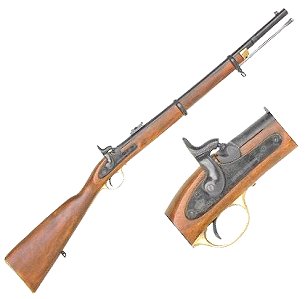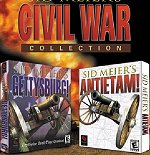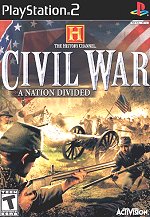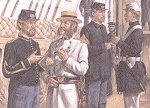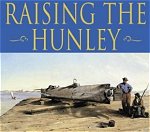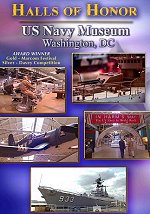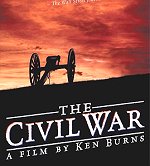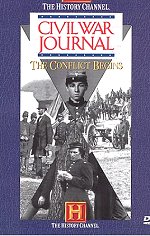USS Wabash (1856-1912)
USS Wabash , a 4808-ton steam screw frigate, was built at the Philadelphia Navy Yard. Commissioned in August 1856, she initially served as flagship of the Home Squadron, then went to the Mediterranean in 1858-59. During 1861, the Civil War's first year, Wabash blockaded the Confederacy's Atlantic Coast and participated in the captures of Hatteras Inlet, North Carolina, and Port Royal, South Carolina. As flagship of the South Atlantic Blockading Squadron, she was an active force in the Blockade of Charleston, S.C., in 1862-64. Her Civil War service was climaxed by participation in the ultimately successful December 1864 and January 1865 assaults on Fort Fisher, North Carolina.
Inactivated in February 1865, Wabash recommissioned in 1871 and served for two years as flagship of the Mediterranean Squadron. In 1876, she became the receiving ship at the Boston Navy Yard, Massachusetts. Ultimately housed over to increase internal space, Wabash served in this role until she was sold in November 1912. The following year, she was burned to facilitate salvage of her metal parts.
Photographed from the deck of the monitor USS Weehawken , in Port Royal harbor, South Carolina, 1863.
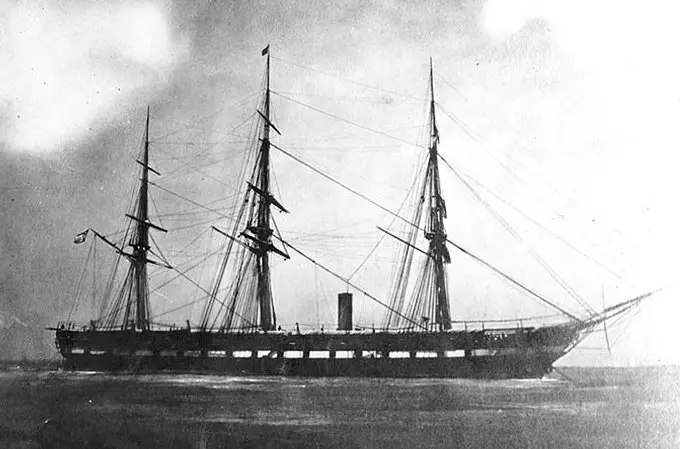
Crew and Officer Picture at Aft Pivot Gun

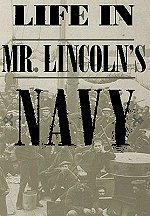
Life in Mr. Lincoln's Navy
A tantalizing glimpse into the hardships endured by the naval leadership to build and recruit a fighting force. The seaman endured periods of boredom, punctuated by happy social times and terrifying bouts of battle horror

Confederate Phoenix
The CSS Virginia
The CSS Virginia of the Confederate States Navy destroyed two of the most formidable warships in the U.S. Navy. Suddenly, with this event, every wooden warship in every navy in the world became totally obsolete
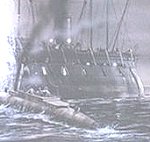
Confederate Submarines and Torpedo Vessels 1861-65
Interesting information and many excellent illustrations. It addresses the CSA David class torpedo boats and the Hunley (and its predecessors), as well as Union examples such as the Alligator and the Spuyten Duyvil

